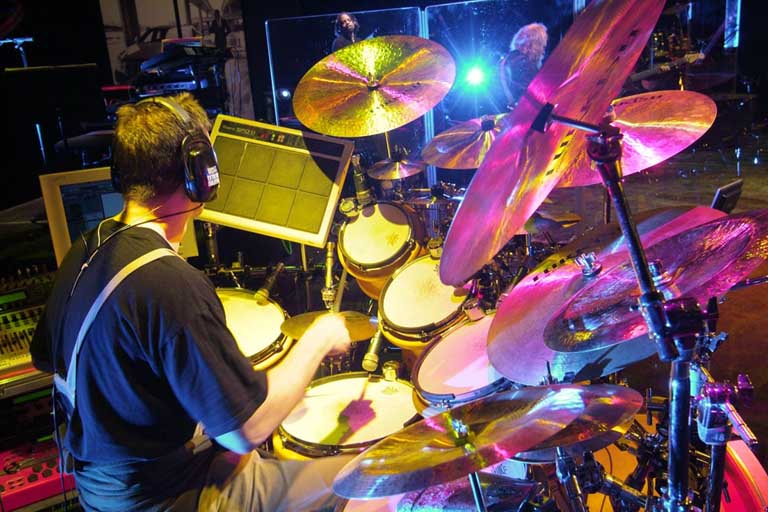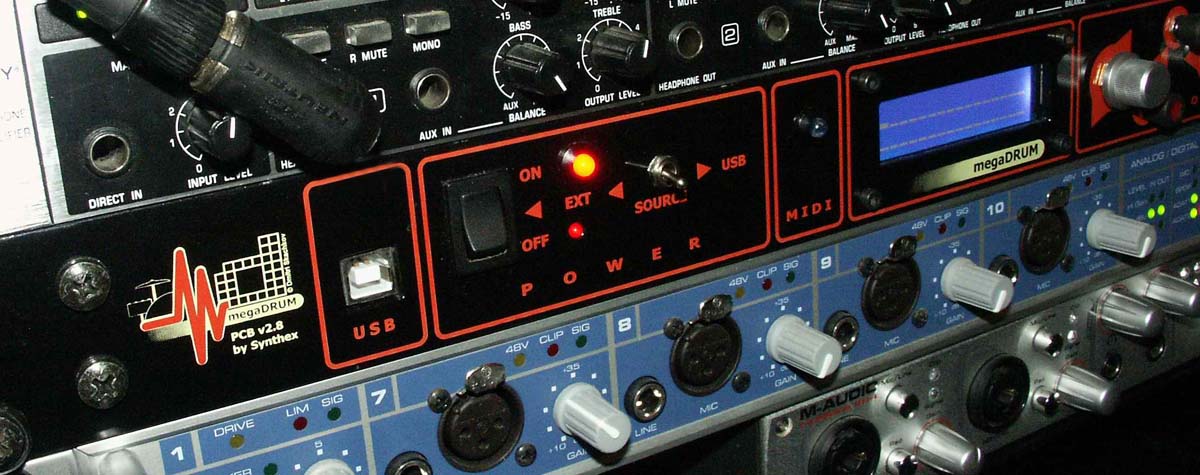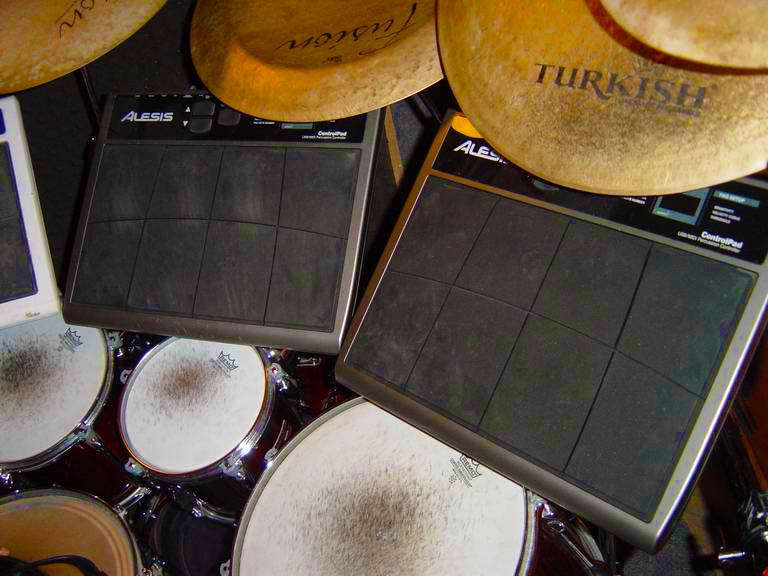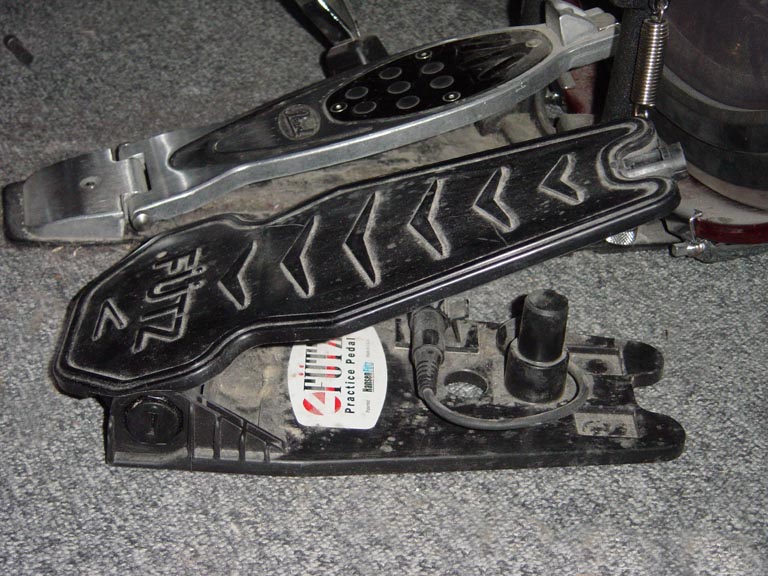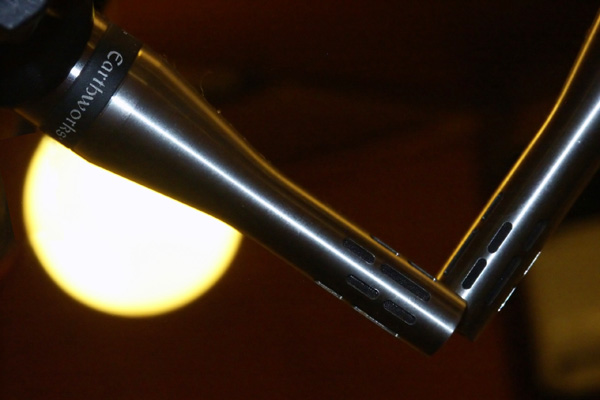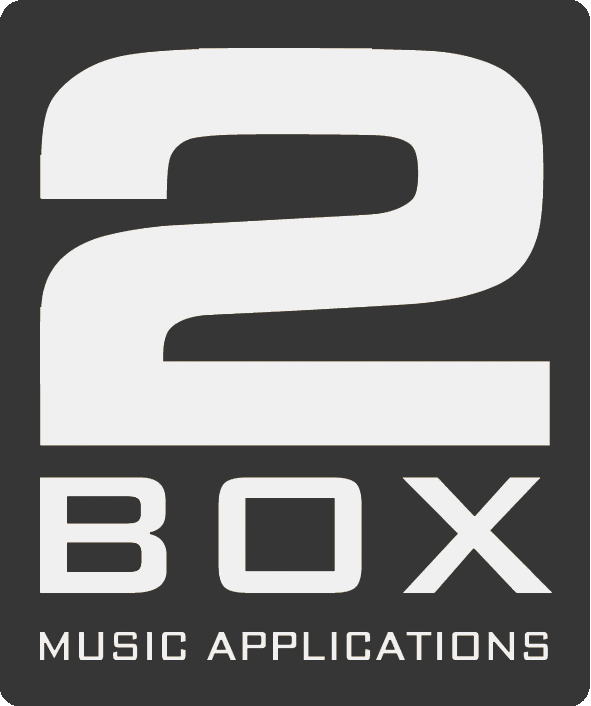Introduction
|
|
Electronic drumming... I'm always very uneasy with this topic. To explain why I have to give a bit of historical background. The beginningsWhen in the 80s the first analogue drum synths, drum machines and digital samplers became affordable for the average earthling, the whole world of music, including drummers, became interested in the new technologies. Almost all drummers, whatever their genre, supplemented their acoustic drumkits with the new tools and enthusiastically started to explore the new opportunities they offered. Of course in the first attempts there were plenty that today would make us smile, but Billy Cobham, Peter Erskine, Phil Collins, Lenny White, and a few years later Steve Smith, Will Calhoun, Kenny Aronoff, Dave Weckl and many others of the most influential drummers showed the world how these new toys could be used creatively in so many ways. Meanwhile on the music market there was an increasing proportion of recordings where the rhythmic base was completely electronic, omitting acoustic drums altogether. Unlike the beginnings, the trend later affected productions where the traditions of the genre would clearly have called for a live drum, such as Roxette and other similar rock-like pop music. This has now led to a state where whatever the style of music, no surprise is caused by a totally synthetic rhythm track. Strange developmentsOver the years hardware was able to do more things for less money, so common sense would dictate that an ever wider group of drummers would make use of the opportunities easily available. And here we come to the explanation of my first sentence: I’m uneasy with electronic drumming because instead of things developing as common sense would dictate, something surprising has happened. A good part of the generation of professional drummers who've grown up over the last few years has left electronic devices utterly behind, while on the other side huge swathes of beginner drummers use cheap, rather unconvincing sounding digital instruments, barely useable in fact, and what's more, they use them for what they are least suitable for: to replace acoustic drums. It’s baffling because due to the way music is developing, drummers were the first to be told by band leaders before going to the studio "You don’t need to come and record, we’ll manage with a machine and/or groove CDs”. Its quicker, so it’s cheaper, and it sounds better (at least that’s what they think). The end result of often characterless, and can hardly be used, or not at all. No better than this is the scenario when a drummer is let loose on machines he doesn't know without being aware of their limitations and tries to use them as acoustic drums, whether they be software or electronic drums. So what can we expect of drummers?This is exactly why drummers should be aware of all the technologies with which a rhythmical base can be produced. On the other hand it’s becoming rarer to come across an approach such as the one Lenny White told me about in a recent interview: "When the LinnDrum appeared in the 80s, I thought: ‘wow, this thing will leave me with no work’, so I preferred to learn how to use it, so I would still be called if they wanted to make the rhythm tracks with this." There are many reasons for it, and here I’d just mention the complexity of programming the various devices, which deters many people from getting into it. This is reinforced by the fact that there is very little educational material to help drummers find their way around the techniques in which they can be used, so attempts are usually limited to reproductions of acoustic drum sounds (of dubious value and an artificial flavour) or the triggering of a few sound samples that would give unsuspecting audiences a good fright. On these pages, which are being uploaded, I try to help drummers be not just ‘ear-witnesses', but active participants of most of what is produced today. |

